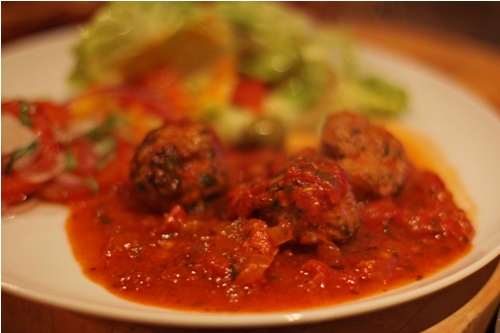Moroccan-spiced carrots
 Sunday, September 20, 2015 at 4:15PM
Sunday, September 20, 2015 at 4:15PM 
Today I am updating a post from November last year to make use of these glorious heritage carrots from Natoora. Of course, you can just use normal ones or baby carrots as I did originally. The introduction that follows remains the same, but I have edited the recipe.
As a budding young food anthropologist I feel very ambivalent about the name I have just given this recipe. I just spent my summer writing a dissertation querying the very notion that any dish or cuisine can be assigned a nationality. However, the alternative is a bit of a mouthful: “Carrots with preserved lemon, cumin, caraway and coriander seeds”. I could keep things vague, e.g. “Middle-Eastern spiced carrots”, but that only extends the problem, anthropologically speaking. Anyway, the point here is these carrots are bloody delicious and I really ought to leave such musings to my anthropology pages.
This is such a simple recipe. I threw it together for the first time a few weeks back when all I had in the fridge was a bunch of carrots from the farmers’ market and some preserved lemons that I made a few months ago. (Any excuse to use the lemons – they are fabulous.)
 Vix |
Vix |  7 Comments |
7 Comments |  Natoora,
Natoora,  autumn,
autumn,  caraway,
caraway,  carrot,
carrot,  coriander,
coriander,  cumin,
cumin,  preserved lemon in
preserved lemon in  Salads & vegetables Tweet
Salads & vegetables Tweet 



